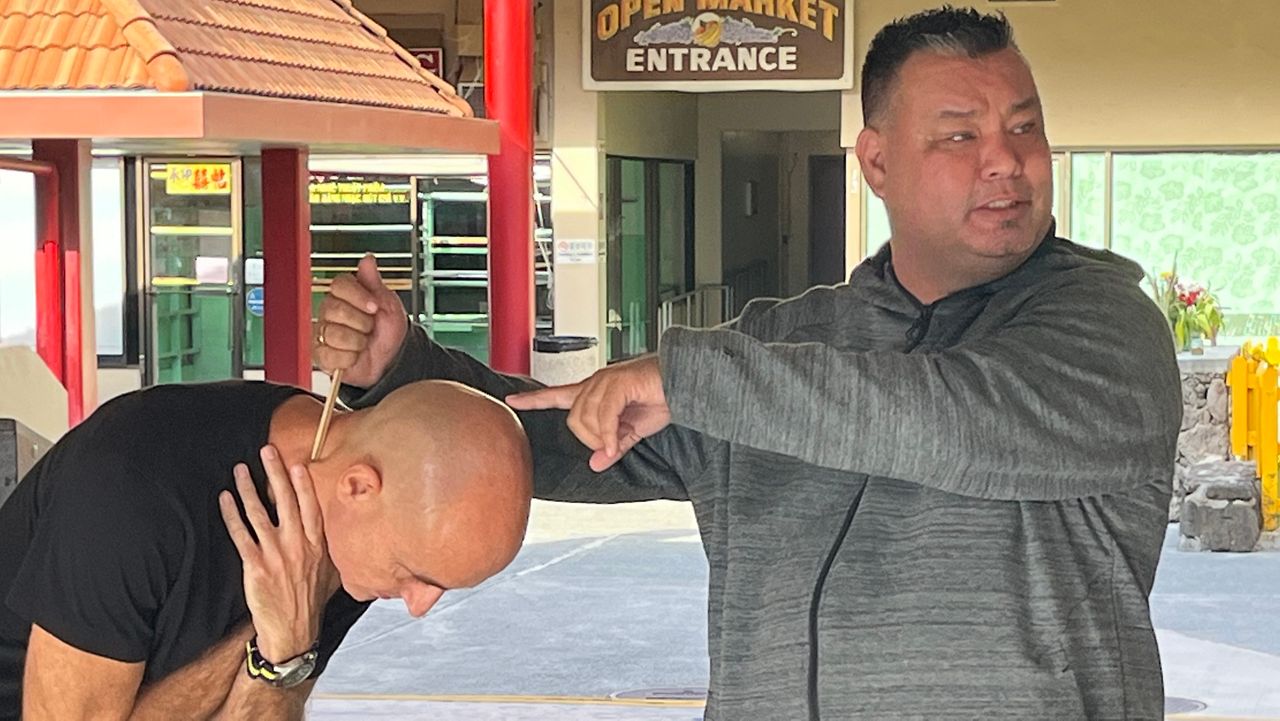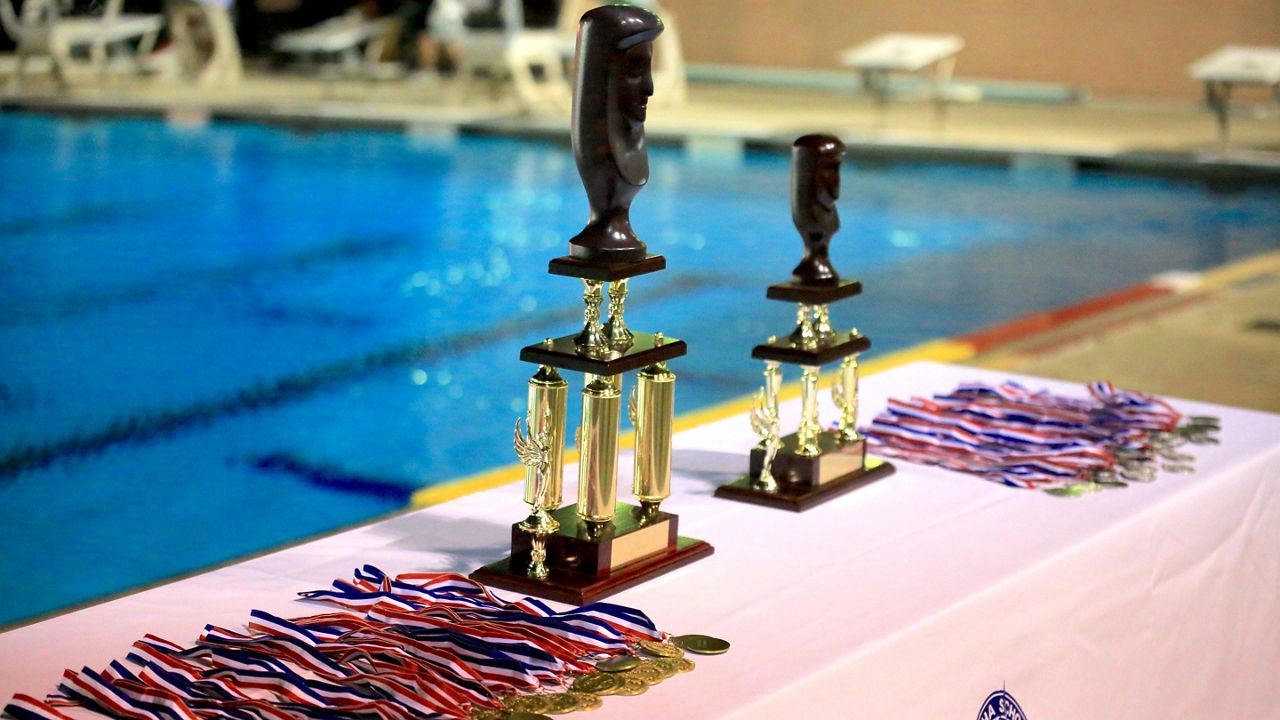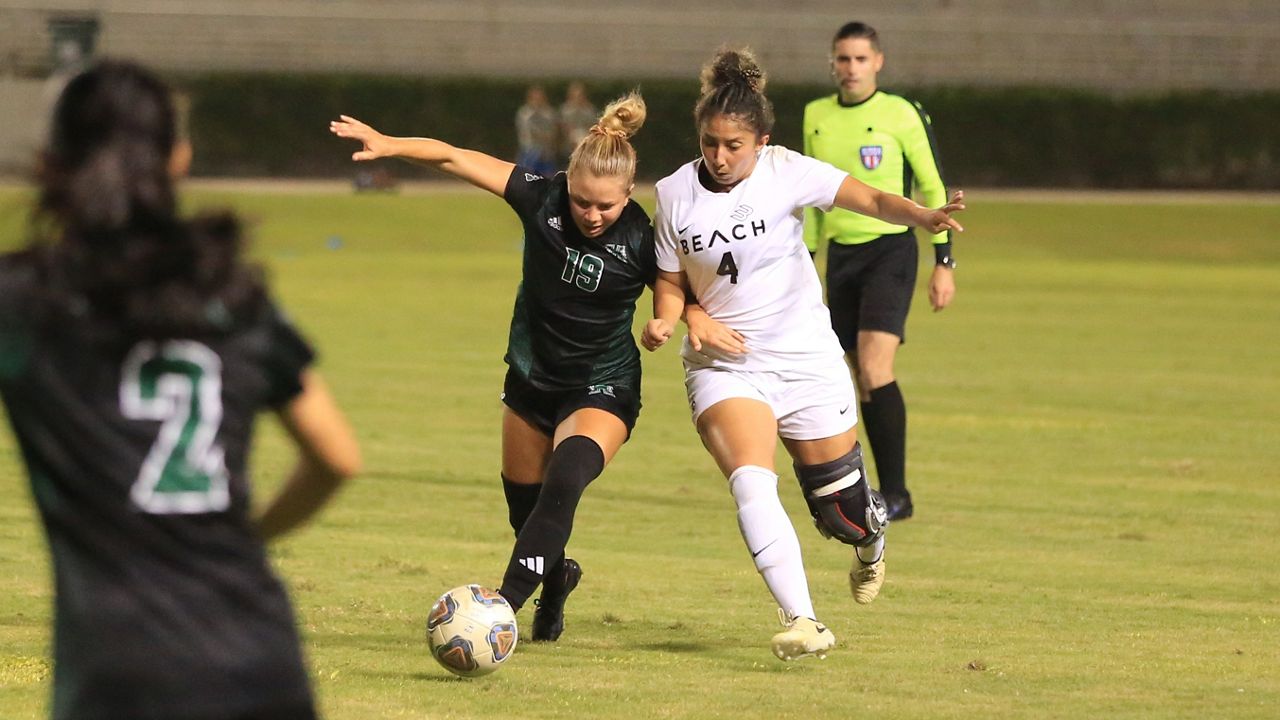HONOLULU — Bruce Chu was a little short on pens so he did what he always tells his martial arts and weapons students to do: He used what he had available, in this case chopsticks.
“The first strike is to the throat,” he said, gripping a pair of chopsticks together like a dagger and not-so-slowly pantomiming a sideways stab at his volunteer partner’s Adam’s apple.
“Next is the groin,” he said, as at least one of his students visibly winced. “Then, as they react to that, the head.”
There were nervous titters, a set of pursed lips, a raised eyebrow or two, and then the group broke off into pairs to practice. Muscle memory is what allows you to react quickly and decisively in the moment, they were told.
And so it went on this late Saturday afternoon in the courtyard of the Chinese Cultural Plaza in downtown Honolulu as a decidedly mixed group of about 20, many from the area, settled into the first of four free weekly lessons on practical self-defense presented by the Hawaii Asia Pacific Institute of Culture and Arts.
The nonprofit’s founder Victor Tan arranged the hands- and chopsticks-on series of workshops in response to growing concerns about violent crime in the Chinatown area.
“Victor has such a heart to help the community,” said martial arts expert Kevin Won, who led a group of experienced instructors in multiple martial arts disciplines in sharing their expertise with the assembled group of retirees, students, area workers and others interested in staying safe on the streets.
Won said he believes people are more desperate coming out of the economic stresses of the pandemic and some feel entitled to simply take what they want.
“And they’ll look for the easiest target, like maybe an old Chinese man out on his morning walk,” Won said. “The big thing we’re trying to get across is situational awareness—knowing where you’re at, what’s right in front on you and what’s far up ahead in the distance,” he said. “We want them to learn to take the safest route, know the mechanics of how to escape, and getting out of situations safely.”
Honolulu Police Department Sgt. Brandon Shiraishi spoke at Saturday’s initial gathering and explained the “crime triangle” of desire, ability and opportunity that has to exist for a crime to be committed. While a perpetrator’s desire to commit a crime may be beyond a potential victim’s control, proper training can help to negate the elements of ability and opportunity.
“Anything you can do to feel a little more confident, a little safer, I’m all for it,” Shiraishi said. “We don’t promote being the aggressor, but we do encourage people to get away, get help, call someone and most importantly, not put themselves in a situation to begin with.”
Rotating through stations, participants learned how to react to different potentially dangerous situations.
Aikido expert Ronald Matsushige taught participants how to properly fall, a critical skill in preventing or otherwise minimizing injury should they be knocked over by an assailant.
Tuck your chin to your chest and slap the ground to distribute your weight when falling backwards, he said. Turn your face and break your fall with your forearms (not your hands) when tumbling forward. And his charges dutifully practiced on two lengths of padded mats, building gradually that life-saving muscle memory.
Nearby Chad Okumura demonstrated to another small group the quick, efficient leveraging motions that can be used to break an offender’s grip and taekwondo expert Kwang Im taught a group of kids how to create space between themselves and an aggressor.
Honolulu City Council member Calvin Say stopped by the event to lend his support and to wonder aloud about how such community service events could be promoted through neighborhood boards.
“This is a great thing for the community,” he said.
The free self-defense workshop continues each Saturday through Oct. 8, at 4 p.m., at the Chinese Cultural Plaza courtyard. No registration is required.








